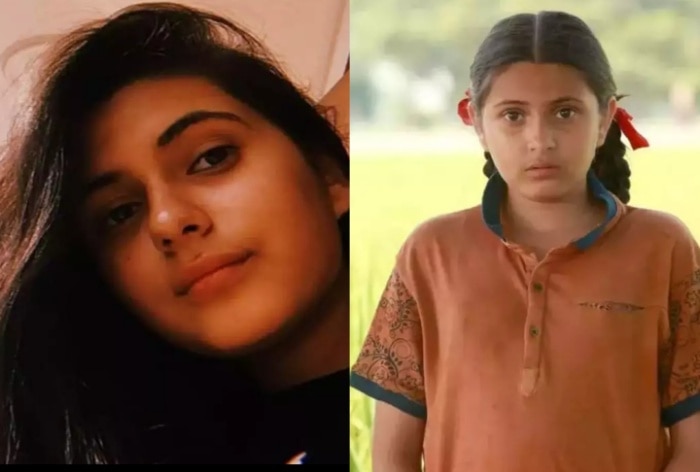Dangal actress Suhani Bhatnagar died at 19 due to a rare disease called Dermatomyositis. Here’s all you need to known about this uncommon inflammatory illness, its symptoms, causes and treatment.
The unexpected demise of Dangal star Suhani Bhatnagar has sent shockwaves across the nation. Suhani passed away at the age of 19 at Delhi’s All India Institute of Medical Sciences (AIIMS). Her father Punnet Bhatnagar broke this news and revealed that his daughter was suffering from an autoimmune disease called dermatomyositis.
“Two months ago, Suhani started getting swelling in her left hand. So, we got her checked by several doctors including a dermatologist and did several medical tests, but the doctors were not able to catch the disease. Then we took her to AIIMS hospital, where she was diagnosed with dermatomyositis, and subsequently they admitted and started her treatment,” he said.
Suhani’s father said that the steroids didn’t suit her body due to low immunity, “The only treatment for this disease is steroids. And after doctors started giving her steroids, her immunity became weak. And soon her body caught an infection at the hospital and her health started deteriorating and gradually her body started filling with water. Due to this, the lungs got damaged, and her respiratory system failed.” He added.
What is Dermatomyositis?
According to MayoClinic, Dermatomyositis is an uncommon inflammatory disease marked by muscle weakness and a distinctive skin rash. The condition can affect adults and children. In adults, dermatomyositis usually occurs in the late 40s to early 60s. In children, it most often appears between 5 and 15 years of age. Dermatomyositis affects more females than males.
The exact cause of dermatomyositis isn’t known. However, it has many similarities to an autoimmune disease. An autoimmune disease occurs when the body’s disease-fighting cells, called antibodies, attack your healthy cells. Having a low immune system may also lead to getting the disease.
Symptoms
Muscle weakness is the most common symptom. The disease often affects muscles in the:
- neck
- hips
- thighs
- shoulders
- upper arms
The symptoms may lead to difficulty carrying out certain activities, including:
- combing the hair
- lifting the arms
- climbing steps
- dressing
- getting up from the floor
- raising the head from the pillow
Treatment
There’s no cure for dermatomyositis, but periods of symptom improvement can occur. Treatment can help clear the skin rash and help you regain muscle strength and function.
–>
